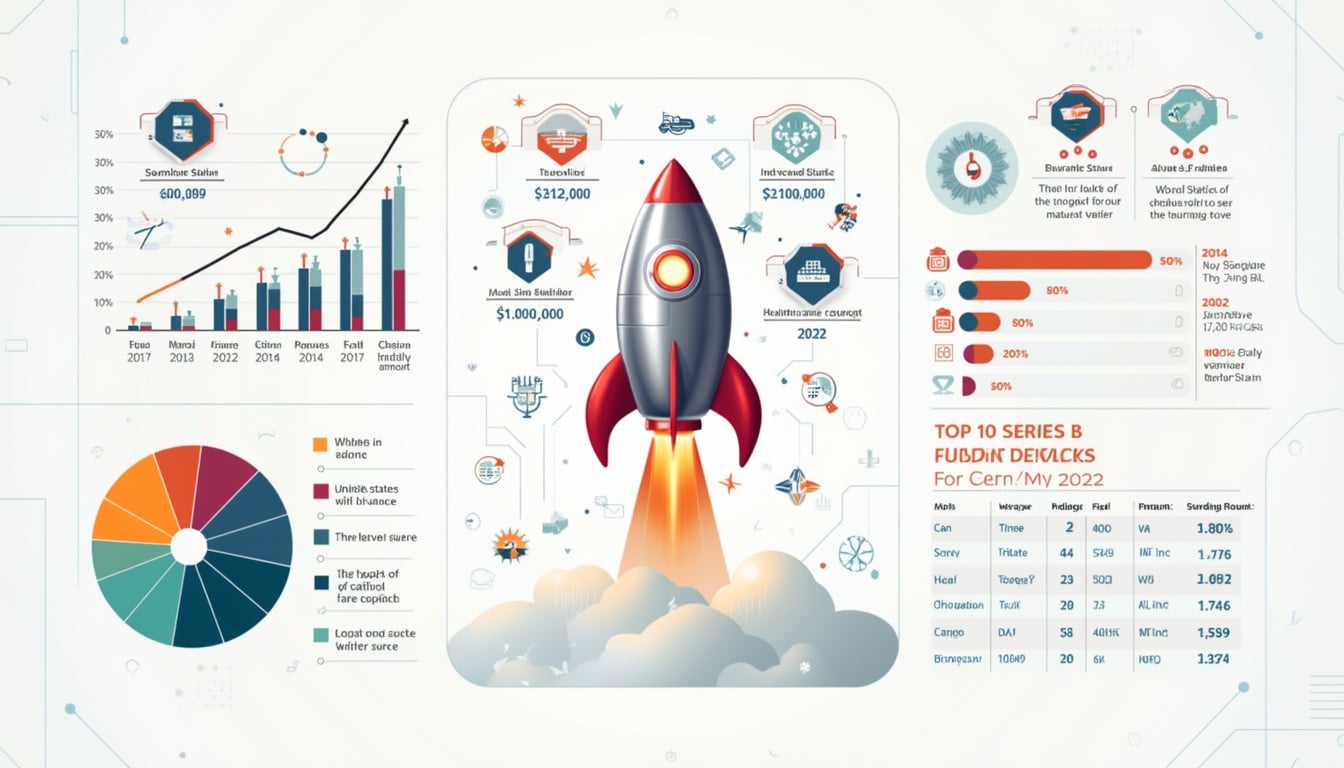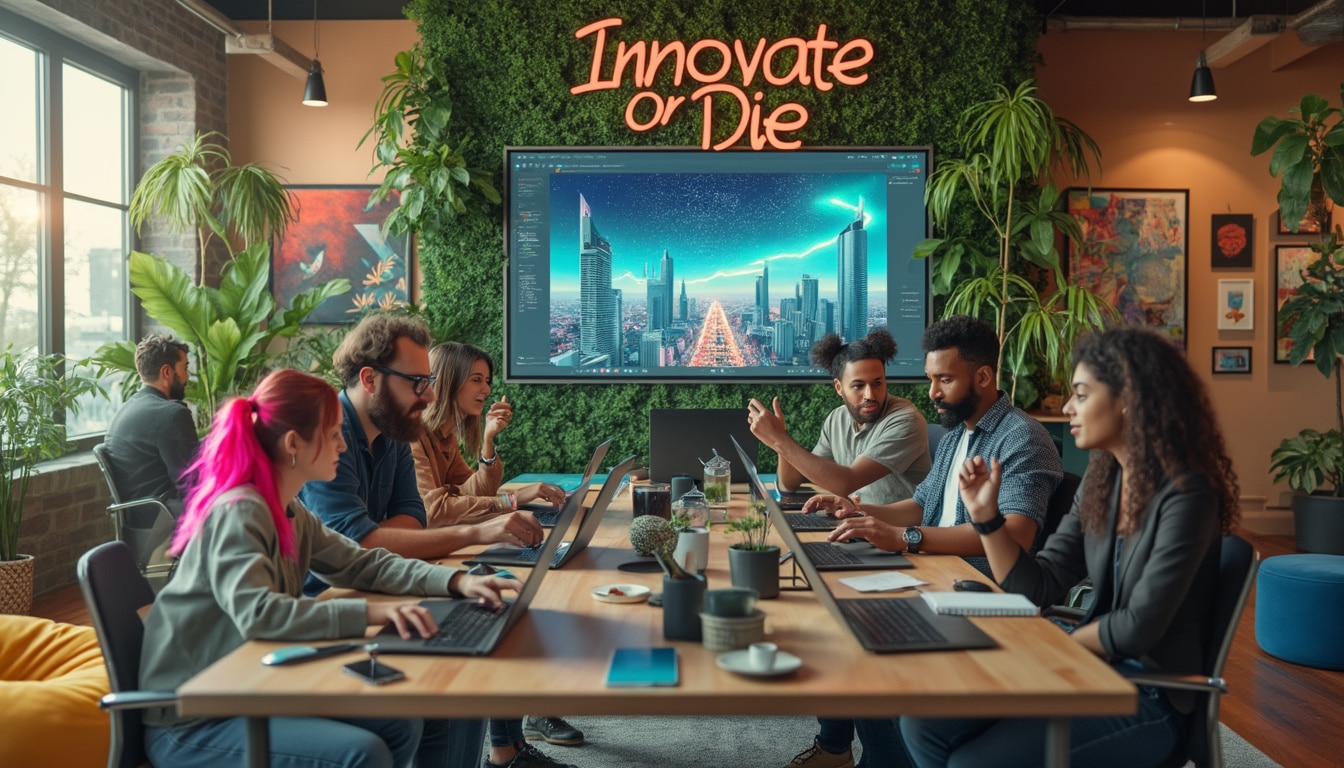Dive into the heart of digital marketing with an innovative perspective. Discover how evolving strategies transform online interactions. Explore the keys to authentic and effective communication.
As a community manager, I strive to highlight the tools and approaches that strengthen brand presence on the web. Digital marketing has become indispensable for connecting with diverse audiences, offering precise segmentation and unmatched measurement capabilities. Currently, I am focusing on products such as SRM (Mobile Network Security) and Workplace Móvil, recent initiatives that are beginning to gain traction. The marketing campaigns I lead are designed to engage both Key Accounts and Medium Enterprises, while directly interacting with end customers. The use of audiovisual content plays a crucial role in these strategies, allowing for more dynamic and visual communication. Furthermore, the flexibility of digital marketing allows for swift adaptation of messages based on public reactions, thus optimizing the impact of each action. Collaborating with competent sales teams and using tools like Workplace facilitates the creation of targeted and effective campaigns, always complying with current regulations.
Table of Contents
ToggleDefinition of Digital Marketing
Digital marketing refers to all marketing actions conducted via digital channels to promote a brand, product, or service. Unlike traditional marketing, which uses media such as television, radio, or posters, digital marketing relies on online platforms such as social networks, search engines, websites, and emails. This approach allows businesses to reach a broader audience in a more targeted manner. Thanks to digital marketing, it is possible to precisely measure the effectiveness of campaigns, adjust strategies in real-time, and interact directly with consumers. For example, companies like Greenlane have recently chosen specialized digital marketing agencies to optimize their online presence and enhance customer engagement.
The Main Channels of Digital Marketing
Digital marketing uses a variety of channels to achieve its objectives. Among the most common are search engine optimization (SEO), content marketing, social media, email marketing, and online advertising. SEO aims to improve a website’s visibility on search engines like Google by optimizing content and tags for relevant keywords. Content marketing, on the other hand, consists of creating and sharing valuable content (articles, videos, infographics) to attract and engage a target audience. Social media allows building a community around the brand and interacting directly with consumers. Email marketing is a powerful tool for maintaining contact with clients and fostering loyalty through personalized newsletters. Finally, online advertising, including paid ads on search engines and social media, allows for precise audience targeting and rapid visibility increase.
The Advantages of Digital Marketing Over Traditional Marketing
Digital marketing presents numerous advantages over traditional methods. First of all, it allows for precise audience segmentation based on criteria such as age, location, interests, and online behavior. This ensures that messages are delivered to the right people at the right time. Moreover, digital marketing offers great flexibility: campaigns can be adjusted in real-time based on obtained results, which is impossible with traditional media. Performance measurement is also a major asset, thanks to analytical tools that provide detailed data on return on investment (ROI) and campaign effectiveness. Furthermore, the cost of digital campaigns is often lower than that of traditional campaigns, making them accessible to small and medium-sized enterprises. Finally, digital marketing fosters interaction and engagement with the audience, thereby strengthening customer relationships and brand loyalty.
Effective Strategies in Digital Marketing
To succeed in digital marketing, it is essential to implement strategies tailored to objectives and target audiences. Among the most effective strategies, SEO remains a priority for improving rankings in search engines and attracting organic traffic. Content marketing is also crucial as it positions the company as a reference in its field and builds trust with consumers. Paid advertising campaigns, such as PPC (pay-per-click), are essential for generating qualified leads quickly. Additionally, email marketing continues to be a powerful tool for customer retention and communication personalization. Social media plays a key role in building brand awareness and community engagement. Finally, data-driven strategies using artificial intelligence and predictive analytics enable campaign optimization and anticipation of market trends. To learn more about advanced strategies, find out how Web3 digital marketing agencies are transforming customer engagement.
The Role of Audiovisual in Digital Marketing
Audiovisual content plays a prominent role in modern digital marketing. Visual content, such as videos, infographics, and images, is essential for capturing users’ attention and effectively conveying messages. Platforms like YouTube, Instagram, and TikTok perfectly illustrate the growing importance of audiovisual formats in communication strategies. Moreover, integrating videos into content marketing campaigns can significantly increase engagement rates and improve search engine optimization. Producing high-quality audiovisual content thus becomes a priority for digital marketers. However, it is crucial to maintain a balance between quality and quantity, ensuring that each piece of content meets the expectations and needs of the audience. To delve deeper into this topic, check out the article on the essential role of AI in digital marketing and its impact on smart advertising.
The Challenges of Digital Marketing
Despite its many advantages, digital marketing also presents challenges. One of the main obstacles is the increased competition on online platforms, making visibility and engagement difficult. Additionally, search engine and social media algorithms are constantly evolving, forcing marketers to continually adapt their strategies. The protection of personal data and compliance with regulations like GDPR are essential aspects that require constant vigilance. Furthermore, producing quality content demands resources in terms of time and expertise, which can be a constraint for some businesses. Finally, measuring the effectiveness of campaigns can be complex, especially when quantifying the impact of branding actions over the long term. To overcome these challenges, it is essential to stay informed about the latest trends and innovations, such as accessibility in digital marketing strategies, and to invest in efficient tools and specialized skills.
The Future of Digital Marketing
Digital marketing is constantly evolving, shaped by technological advances and changes in consumer behavior. Artificial intelligence (AI) plays an increasingly important role, enabling greater personalization of campaigns and predictive trend analysis. Emerging technologies like virtual reality (VR) and augmented reality (AR) open up new possibilities for creating immersive and engaging experiences. Additionally, the development of Web3 and blockchains offers unprecedented opportunities to enhance transparency and trust between brands and their customers. Emphasizing accessibility and inclusivity is also becoming a priority, ensuring that digital marketing campaigns are accessible to all, regardless of users’ physical or technological capabilities. Moreover, the rise of micro-influencers and niche communities allows for targeting very specific market segments with increased effectiveness. To maximize the future potential of digital marketing, businesses will need to continue innovating, adopting new technologies, and adapting their strategies based on market developments and consumer expectations.
Integrating Accessibility into Your Digital Marketing Strategy
Accessibility has become a crucial issue in digital marketing, aiming to make content and platforms accessible to all users, including those with disabilities. Integrating accessibility into your digital marketing strategy now is essential to reach a broader audience and promote inclusion. This includes using alternative text for images, creating subtitled content for videos, and designing websites compatible with assistive technologies, such as screen readers. By adopting these practices, you not only improve user experience but also strengthen your brand’s reputation as a responsible and inclusive company. Furthermore, better accessibility helps optimize your SEO, as search engines favor well-structured and accessible websites. To learn more about how to place accessibility at the heart of your digital marketing strategy in 2025, explore the latest trends and recommendations in this rapidly growing field.











